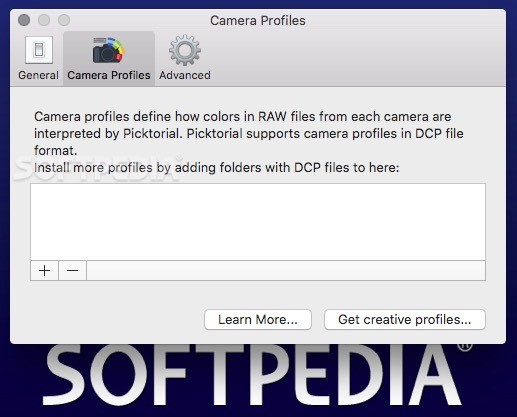
You know, even on Windows, not really using much in the way of Microsoft apps. With iPhoto, he could always just drag and drop, but Photos has a longstanding issue with promised file drags and so sometimes when you drag and drop nothing happens.Īdobe Lightroom Aperture Aperture Exporter iPhoto Mac macOS 10.15 Catalina Photos.app Sunset
PICKTORIAL 3 NEWS HOW TO
My father just e-mailed to ask how to copy from Photos to a USB stick. The iOS / Mac photo experience is a prime example of how lock-in at scale insulates meh products from competition - Photos is “successful” because millions of people use it by default, not because it’s good or even at parity with the competition
PICKTORIAL 3 NEWS SOFTWARE
I’m all in on Lightroom now but Aperture was my first love, and it’s so weird that Apple sells so many cameras with such lame software to support them

PICKTORIAL 3 NEWS PRO
The first-party app can be basic, third parties can add more features and options and pro interfaces, and it all interoperates and syncs because of the shared backend. Sure, it sounds great to have a powerful backend provided by Apple. This is one reason I’m skeptical about the iTunes breakup. Lots of people want to use Photos but hate the limited UI & features of the app on Mac. Lack of an Aperture like app that uses the Photos iCloud backend remains an inexplicable failure by Apple. My book walks you through the steps that will preserve your edited versions, along with ratings and other metadata that can get stripped during the migration process. If you want specific step-by-step instructions, pick up a copy of my book Take Control of Your Digital Photos. Luminar, Picktorial, Exposure X4, On1 Photo… In fact, the newest version of Picktorial adds the ability to open Aperture libraries directly, without any type of conversion. The good news is that there are lots of options now for managing and editing your photo libraries, not just Apple’s Photos app. I’ve written extensively about this transition since Aperture was shuttered in June 2014. Still, if you can live with Photos, it does have the advantage of not forcing you to choose between discarding and baking in your Aperture edits. I didn’t expect it to come close to matching Aperture, but I still find it more clunky and less featured than iPhoto (though, obviously, it does some things iPhoto couldn’t). What has surprised me is the level of progress with Photos. But, unless things have changed since I investigated it, Aperture Exporter is a much better option.

They recommend using Lightroom’s built-in migrator. To continue working with your Aperture photo libraries, you must migrate them to the Photos app included with macOS, or migrate them to Adobe Lightroom Classic.įrankly, I’m surprised that Apple maintained support for this long. For technical reasons, Aperture will not run in future versions of macOS after macOS Mojave. Since that time, Apple has released five major macOS updates. In June 2014, Apple announced the discontinuation of development of Aperture.


 0 kommentar(er)
0 kommentar(er)
